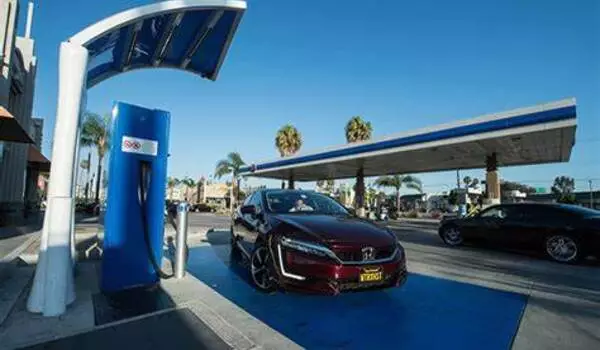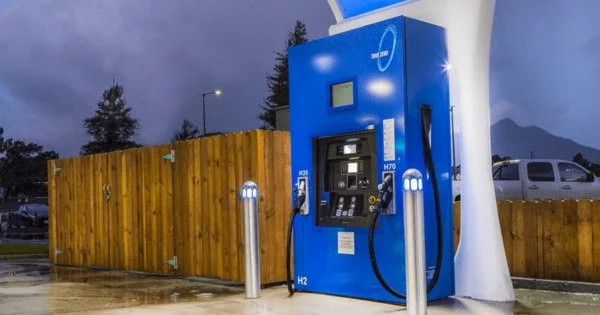According to researchers at the US Department of Energy’s National Renewable Energy Laboratory (NREL) and Colorado State University (CSU), having station operators adopt a predictive model that helps them anticipate maintenance needs could boost consumer confidence in driving hydrogen-fueled vehicles.
Stations that close for unscheduled maintenance reduce consumer access to hydrogen and may slow the adoption of these types of fuel-cell electric vehicles, according to the researchers. The use of a prognostics health monitoring (PHM) model would enable hydrogen stations to reduce these unplanned events.
“Motorists anticipate being able to fuel their vehicles without incident. We want to make sure that everyone who drives a hydrogen-powered car has the same experience,” said Jennifer Kurtz, lead author of the new paper, “Hydrogen Station Prognostics and Health Monitoring Model,” which appears in the International Journal of Hydrogen Energy. This predictive model can let station operators know in advance when a problem might occur and minimize any disruptions that motorists might experience with hydrogen fueling.”
Motorists anticipate being able to fuel their vehicles without incident. We want to make sure that everyone who drives a hydrogen-powered car has the same experience. Hydrogen Station Prognostics and Health Monitoring Model, which appears in the International Journal of Hydrogen Energy.
Jennifer Kurtz
Co-authored by Spencer Gilleon of NREL and Thomas Bradley of CSU, the article posits the PHM model would improve station availability and consumer confidence.
The availability of hydrogen as a vehicle fuel is limited in comparison to the ubiquitousness of gasoline, as evidenced by the number of stations that sell low-emission fuel. While California has over 10,000 gas stations, the Hydrogen Fuel Cell Partnership reports that the state only has 59 retail hydrogen stations.
With few options, hydrogen drivers must be confident that the fuel they require is available. Station operators must perform any necessary repairs to meet consumer demands, but they must also investigate the causes of any failures to avoid future issues.

According to data from the National Fuel Cell Technology Evaluation Center, the dispenser system, which includes hoses and dispenser valves as well as the user interface, is the single most common reason hydrogen stations shut down for unscheduled maintenance. Station operators could reduce the frequency of unscheduled maintenance while increasing the frequency of preventive maintenance by using a data-based PHM. This PHM has been dubbed “hydrogen station prognostics health monitoring,” or H2S PHM by the researchers.
The H2S PHM calculates the probability a component will continue working without a failure, based on how many fills the station has completed. The model can also be used to estimate the remaining useful life for each of the components, thereby lowering maintenance costs and making the stations more reliable.
Using a hypothetical example, the researchers considered a dispenser valve that the H2S PHM had identified as needing attention. The station operator can then plan for upcoming maintenance and schedule a technician to visit when the demand for hydrogen is low. This reduces the amount of time a station would be unable to fuel vehicles. If the valve failed without warning, the station operator would have to call a technician, wait for their arrival, and diagnose the problem while also being unable to provide fuel.
















